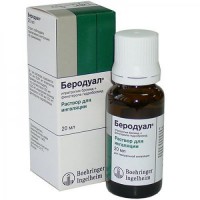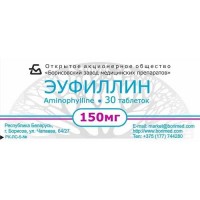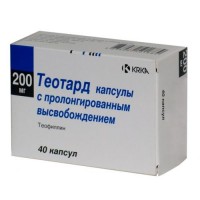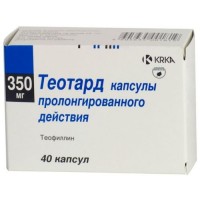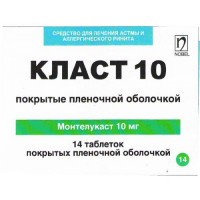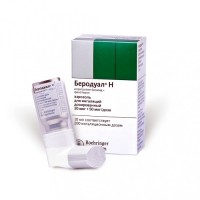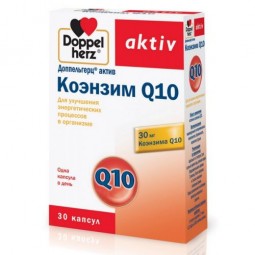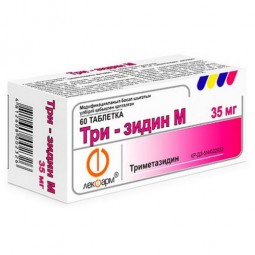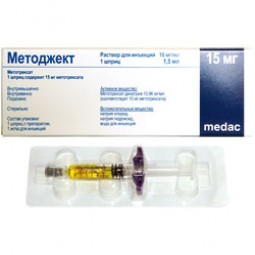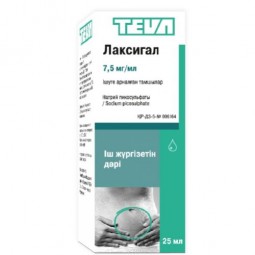Pulmicort® (Budesonide) Nebulising Suspension
- $90.00
What is Pulmicort® (Budesonide) Nebulising Suspension?
Pulmicort® (Budesonide) Nebulising Suspension is used to manage and control chronic respiratory conditions like asthma and chronic obstructive pulmonary disease (COPD).
It belongs to the glucocorticosteroid class of drugs, which work by reducing inflammation in the airways, helping to make breathing easier.
This suspension is delivered through a nebuliser, which turns the liquid medication into a mist that can be easily inhaled into the lungs.
Budesonide, the active ingredient in Pulmicort®, helps to reduce airway inflammation over time, preventing asthma attacks and COPD flare-ups.
Unlike fast-acting bronchodilators, Pulmicort® is used for long-term control and is not intended for immediate relief during acute breathing difficulties.
How is Pulmicort® Used?
Pulmicort® (Budesonide) is used through a nebuliser, a device that turns liquid medication into a mist that can be inhaled directly into the lungs.
This method is especially useful for patients who have difficulty using inhalers or need long-term management for chronic respiratory conditions like asthma or chronic obstructive pulmonary disease (COPD).
Here's a detailed breakdown of how Pulmicort® is used:
Step-by-Step Instructions for Using Pulmicort® with a Nebuliser:
Prepare the Nebuliser:
- Ensure the nebuliser is clean and ready for use. Attach the nebuliser to a compressor, which generates the airflow needed to turn the medication into a fine mist.
- The nebuliser cup should be connected either to a mouthpiece or a face mask, depending on what’s recommended by your doctor.
Open the Pulmicort® Ampule:
- Pulmicort® comes in single-dose ampules, which need to be shaken gently before use. Open the ampule by twisting off the top along the designated line.
- Pour the prescribed dose of Pulmicort® suspension into the nebuliser cup. The usual doses are 0.25 mg/ml or 0.5 mg/ml, but your doctor will advise on the specific dose for you.
Mixing with Diluent (if necessary):
- Depending on your doctor's instructions, you may need to dilute the Pulmicort® solution. This can be done by adding 0.9% sodium chloride (saline solution) or another recommended diluent until the total volume in the nebuliser cup reaches 2 to 4 ml.
- You can also mix Pulmicort® with other compatible nebulising medications, such as terbutaline, salbutamol, or ipratropium bromide. Always use the mixed solution within 30 minutes.
Inhalation Process:
- Once the medication is in the nebuliser cup, start the compressor to generate the mist. Place the mouthpiece in your mouth or fit the face mask snugly over your nose and mouth.
- Inhale slowly and deeply through your mouth. If using a mask, ensure it fits tightly to prevent the medication from escaping.
- Breathe evenly and calmly throughout the session, which usually takes about 10 to 15 minutes until the solution in the nebuliser cup is fully used up.
Post-Inhalation Care:
- After finishing the nebulisation, rinse your mouth with water. This step is essential to reduce the risk of oral thrush (a fungal infection), which is a common side effect of inhaled corticosteroids like Pulmicort®.
- If you used a face mask, wash your face to avoid potential skin irritation from the medication.
Cleaning the Nebuliser:
- After each use, clean the nebuliser cup, mouthpiece, or mask according to the manufacturer's instructions. Typically, you should wash these parts with warm water and mild detergent, rinse thoroughly, and let them air dry before the next use.
Dosage Instructions:
The dosage of Pulmicort® depends on the patient’s age, condition, and severity of symptoms. It's essential to follow the dosage prescribed by your healthcare provider. Here are general guidelines:
For Children (3 months to 12 years):
- Initial dose: 0.5 mg to 1 mg per day, which may be administered in one or two divided doses depending on the severity of the condition.
- Maintenance dose: 0.25 mg to 0.5 mg twice a day for continued management of symptoms.
For Adolescents (12 years and older) and Adults:
- Initial dose: 1 mg to 2 mg per day, divided into two doses.
- In severe cases, the dosage may be increased under the supervision of a healthcare provider.
For Severe Asthma:
- Higher doses (up to 2 mg per day for children and higher for adults) are often prescribed for short periods during severe asthma exacerbations.
Special Instructions for Use:
Timing and Frequency:
- Pulmicort® is typically used once or twice a day. If the total daily dose is less than 1 mg, it can be taken all at once. For higher doses, it's usually divided into two doses (morning and evening).
Nebuliser Equipment:
- Only use a jet nebuliser with Pulmicort®, as ultrasonic nebulisers may not deliver the correct dose of budesonide. Ensure your equipment delivers a particle size of 3-5 microns, which allows for proper lung absorption.
Effectiveness of Inhalation:
- Approximately 11% to 22% of the medication is delivered to the lungs with each use, depending on factors such as the nebuliser’s specifications, inhalation technique, and whether a face mask or mouthpiece is used.
What to Expect After Using Pulmicort®:
- Onset of Action:
- The effect of Pulmicort® doesn’t occur immediately. Symptom relief may start within a few hours of the first dose, but full therapeutic benefits may take several weeks of consistent use.
- Long-Term Use:
- For chronic conditions like asthma or COPD, Pulmicort® is often used as part of a long-term management plan to keep symptoms under control. Always use the lowest effective dose to minimise potential side effects, such as growth suppression in children or systemic corticosteroid effects in adults.
What Conditions Does Pulmicort® Treat?
Pulmicort® is prescribed for several respiratory conditions, including:
- Bronchial asthma: It is used as a long-term treatment to manage chronic asthma and prevent flare-ups.
- COPD exacerbations: Pulmicort® helps manage worsening symptoms of chronic obstructive pulmonary disease, especially in cases without acute respiratory failure.
- Severe croup (laryngotracheitis): It is used in cases where hospitalisation is necessary to manage severe airway narrowing.
What Should You Know Before Starting Pulmicort®?
Before using Pulmicort®, it is important to consider the following precautions:
- Allergies: If you are allergic to budesonide or any of the ingredients in Pulmicort®, you should avoid using it.
- Infections: Special care should be taken if you have respiratory infections like tuberculosis, fungal, viral, or bacterial infections.
- Vision problems: If you have a history of vision issues such as cataracts or glaucoma, consult your doctor before starting treatment.
- Liver conditions: People with liver cirrhosis should also take caution when using Pulmicort®.
Pulmicort® should not be used for immediate relief of asthma symptoms, as it is not a fast-acting bronchodilator.
For acute symptoms, other medications are necessary.
Are There Any Drug Interactions?
Budesonide is metabolised in the liver, primarily through the CYP3A4 enzyme.
Certain medications, such as ketoconazole, itraconazole, and protease inhibitors (used in HIV treatment), can increase budesonide’s concentration in the bloodstream.
If these medications must be taken together, the time between doses should be maximised, and the dose of budesonide may need to be adjusted.
Additionally, the use of oestrogens or hormonal contraceptives can increase the effects of budesonide, although this is generally not observed with low-dose oral contraceptives.
What Are the Side Effects of Pulmicort®?
Like all medications, Pulmicort® may cause side effects. Common side effects include:
- Oral thrush: A fungal infection in the mouth, which can be reduced by rinsing the mouth after each use.
- Coughing or throat irritation: These symptoms may occur after inhalation.
Less common side effects may include cataracts, depression, anxiety, and muscle spasms.
In rare cases, Pulmicort® can cause more severe side effects, such as adrenal suppression, growth retardation in children, or psychological issues like aggression and hyperactivity.
How Should Pulmicort® Be Stored?
Pulmicort® should be stored at a temperature below 25°C (77°F) and kept out of reach of children.
It should not be used after the expiration date.
Once an ampule is opened, the suspension should be used immediately or within 30 minutes if diluted.
How Quickly Does Pulmicort® Work?
For asthma, improvement can usually be noticed within a few hours of the initial dose, but it may take a few weeks for the full therapeutic effect to develop.
In the case of COPD exacerbations, symptom relief is typically comparable to the effects of systemic corticosteroids.



